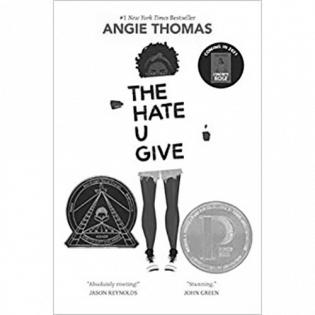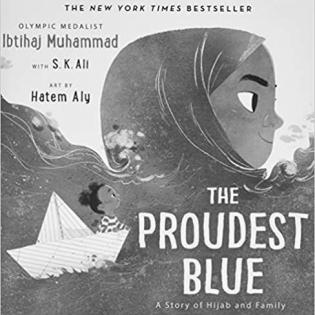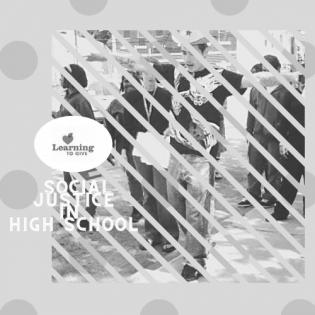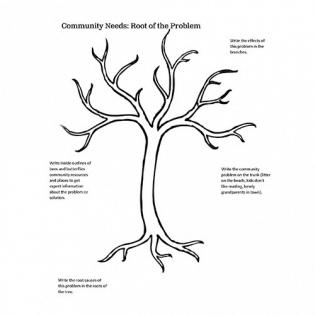Have you ever had to find your voice? In this story, Starr witnesses police brutality that is racially motivated and struggles to find the right way to speak up.
Filter by subjects:
Filter by grades:
Filter by audience:
Filter by issue area:
Filter by content type:
Filter by resource type:
resource search
In this lesson, learners explore and address the following questions: Who are the minority voices of the past and how has the civil society sector stepped in to protect their rights? What actions were effective? What public policies are in place to protect them? Who are the bullied today and...
Youth make a plan as empowered and responsible members of the civil society to take action to prevent bullying behavior while being sensitive to the people involved, from the victim to the bystander to the bully.
From stories and examples, participants identify attributes, motivation, and impact of philanthropists.
In this lesson, young people compare the communications and strategies of Malcolm X with those of Martin Luther King, Jr. They discuss the causes, effects, and ways to address racism through a discussion forum. They plan and hold the forum in the community.
In this lesson, the children listen to stories told by seniors in their community and develop a relationship of sharing time and talent. This set of lessons focus on memories, especially memories related to generosity.
Through persuasive writing, young people build awareness and invite action for change about an issue. Typical writing forms may include essays, editorials, feature articles, or speeches.
In this book, sisters Asiy and Faizah are celebrating the first day of wearing hijab. Other kids don't understand, but Faizah is proud of the strength and beauty of her hijab and the way that it represents their Muslim faith and culture.
This resource guide was designed by a Detroit-area educator with the goal of raising awareness of social justice and our role as citizens of a diverse country. The resource includes video, literature guides, discussion starters, activities, and lessons intended to empower youth voice and guide them to a service project of capturing someone's story through an audio recording and sharing it with others.
In this activity, participants use critical thinking to deconstruct an issue they care about. They identify a problem, explore the root causes and effects, and research who the experts are. This is a great way to build community, use creative expression, and come up with different approaches to collaboratively make a difference.



